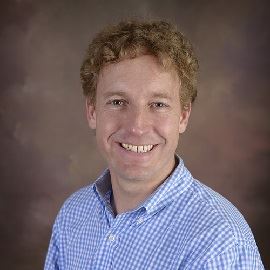Introduction to In-situ Bioremediation
We will review concepts and tools used during in-situ bioremediation: Microbiology, Delivery and Mixing in the Subsurface, Geochemistry, MDT and CSIA.
An Assessment of Implementation Strategies for EISB – Is there a right way?
Successful enhanced in-situ bioremediation (EISB) relies on the effective delivery of amendments to create the appropriate conditions where microbial populations can thrive to degrade the contaminants of concern. When designing implementation plans for electron donor and bioaugmentation cultures each site often has unique considerations affecting the design. Having a consistent approach from site to site following published guidelines is often difficult, leading to multiple implementation strategies that have been used. This section draws lessons learned from chlorinated solvent EISB projects by comparing implementation approaches used at a number of sites.
BTEX Remediation Case Study
Gasoline releases resulted in LNAPL impacting an aquifer under a property in Texas which created over time a BTEX plume. Early activities included NAPL recovery techniques and aerobic biostimulation to meet soil and groundwater cleanup criteria. Geochemical parameters continued to reflex anoxic conditions and very slow remediation progress. The high costs to increase oxygen injections to meet natural and contaminant demand allowed exploring the potential to address groundwater plumes impacted with persistent BTEX through anaerobic bioremediation. The approach changed to a sulfate-enhanced biostimulation method during the final polishing steps in the remediation program. Environmental molecular diagnostic tools (EMD) and compound-specific isotope analysis (CSIA) were additional performance monitoring tools that allowed assessing remediation progress.
About the speaker, David Alden, P.E.

David provides technical support for Tersus’s portfolio of biotechnology-based solutions to manage complex, challenging environmental liabilities and reduce costs for site closure. He is a graduate of Universidad de las Americas-Puebla, Mexico, where he majored in Civil Engineering with a focus on waste-water treatment, and he holds registration as a Professional Engineer in North Carolina. Alden worked for 4 years in the upstream oilfield sector performing offshore well tests and completion design and installation in the Gulf of Mexico. He participated in the in situ oil-shale extraction experiment in the Piceance Basin in Northwestern Colorado, where protecting groundwater was the main challenge. Alden recently specialized in groundwater studies, completing a Master’s Degree at Joseph Fourier University in Grenoble, France.
David is a member of the Interstate Technology and Regulatory Council (ITRC), a public/private coalition working to reduce barriers to using innovative environmental technologies that reduce compliance costs and maximize clean-up efficacy. He is currently an active member of the ITRC’s Remediation Management of Complex Sites Team and is the recipient of the 2015 ITRC Industry Affiliates Program Award in recognition of his outstanding service.
This meeting is being graciously sponsored by Pine Environmental. Contact Kevin Barr at Pine for all of your equipment needs.
